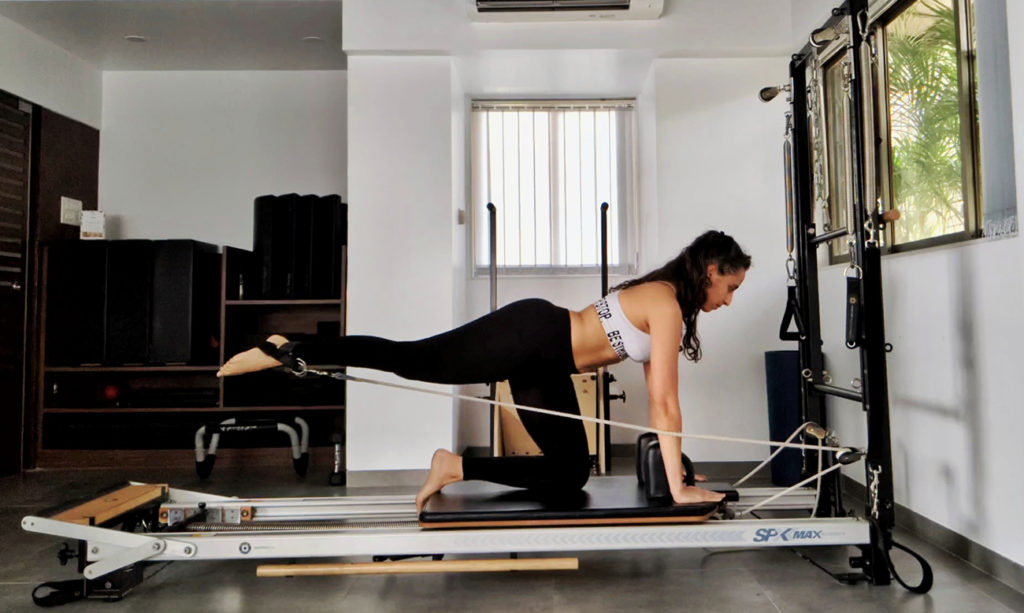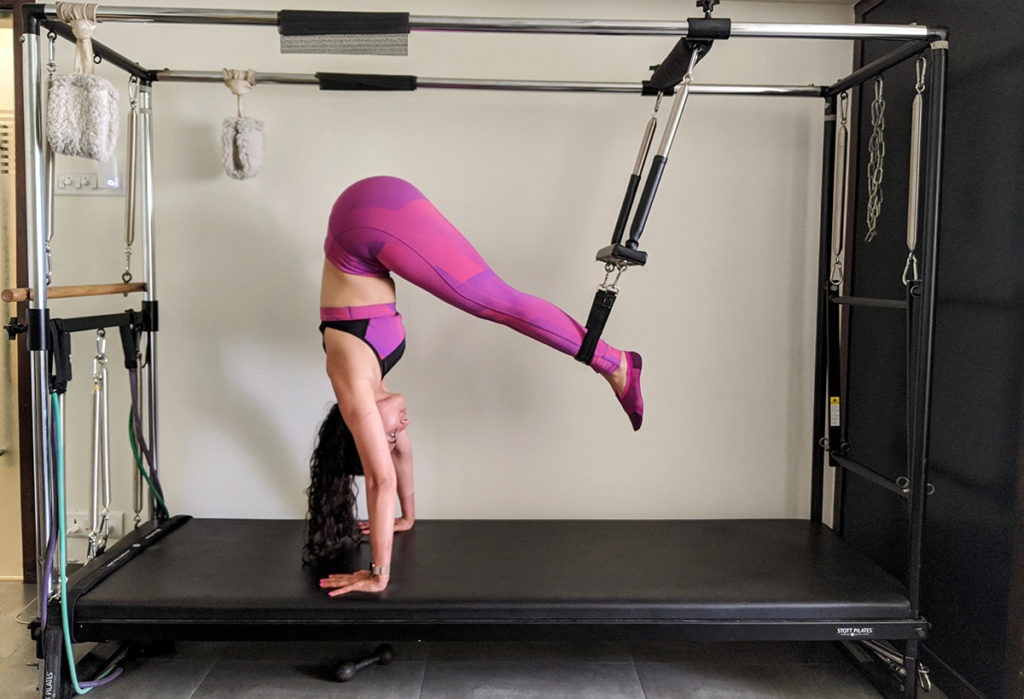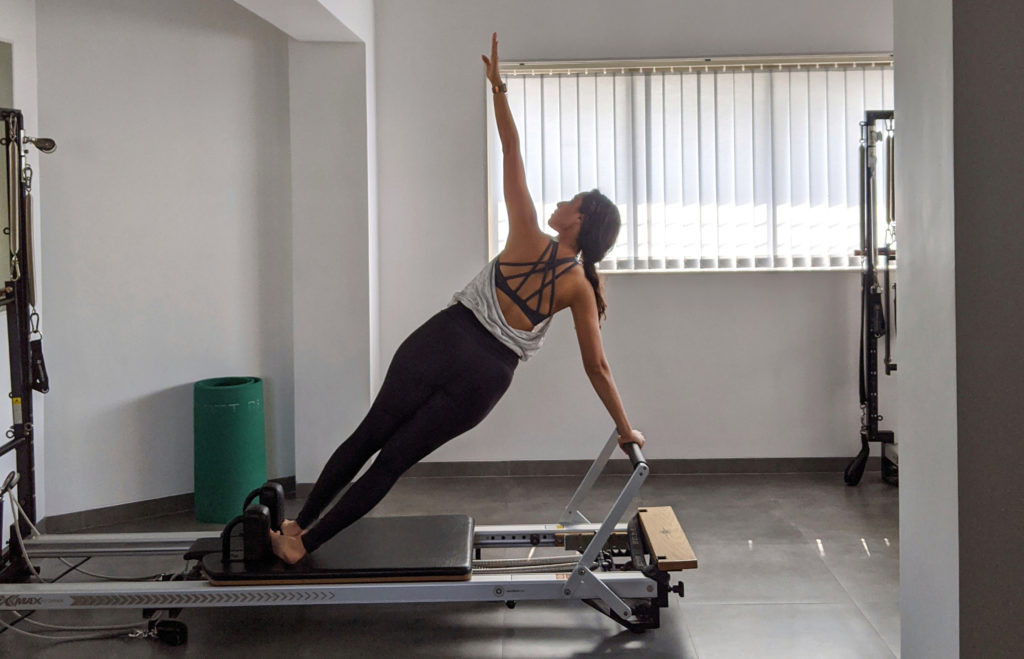
Soldiers, dancers, athletes, celebrities. From its inception in the early 20th century, the fitness form of Pilates has moved from strength to strength to become the holistic fitness discipline that it is today. Initially designed to heal wounded soldiers, the origins of this exercise can be traced back to World War I. Developed to target the core of the body, including the abdomen, pelvic floor and lower back region, its primary benefits include improved strength, better posture, balance and flexibility. If you’ve been meaning to try this exercise form but have never really known where to begin, here’s what you really need to know about the inception of Pilates to understand what it can do for your body.
History of Pilates
The transformational fitness system that we know today is named after its founder, Joseph H. Pilates. Despite being chronically ill as a child, his ambition of becoming a bodybuilder inspired him to closely study the human anatomy as well as martial arts and yoga. While working as a nurse during World War I, his scrutiny began to take form and he started testing his hypothesis as he treated wounded soldiers. Indeed, the modern-day reformer that is a mainstay in every Pilates studio today actually started out with springs attached to hospital beds for enabling soldiers to regain their physical strength and vitality.
The German native moved to New York in 1923, where he opened his first studio. The reformers used there were designed as sliding beds with springs for resistance. He proceeded to develop several types of apparatus, such as the Cadillac, ladder barrel and the stability chair, to aid the process of body alignment, strengthening and stretching. As the method gained popularity, he published two books in 1945 that encapsulated the highlights of his training.

Method of Pilates
Since Joseph prescribed to the school of thought that physical health and mental wellness worked hand-in-hand, the training methods he developed followed suit with the processes of body alignment and strengthening underscored by acute mental concentration. Originally called ‘contrology’, the exercise program considers the core as the powerhouse of the body. Accordingly, the mind and the body are required to work in harmony for strengthening the core as well as the rest of the body. Much like yoga, this discipline involves this connection between the physical and the spiritual, by having full control over ones breathing while practising the method.
Evolution of Pilates
Originally started by Joseph Pilates to help warriors recover from injuries and to regain their strength, Pilates was transformed for ballet and contemporary dancers. The fitness program has progressed over the years, and the machines have been further developed while keeping the forms core values in mind.

Today, Pilates programmes feature a healthy mix of exercises that focus on working the body as a whole, not only developing superficial muscles of the body but also working the deeper muscles. This has, in turn, witnessed a rise in the use of foam rollers, stability balls and resistance training equipment for teaching the body to function optimally in all planes of movement.
Beyond merely bulking up, Pilates seeks to focus on flexibility, balance, stability and muscle toning. It can be tailored to fit different schedules and lifestyles, thereby truly making Pilates more than just a fitness regimen but instead, a way of life.
You’ll often here me say, if you want to get strong like a warrior but have lean, long and flexible muscles like a dancer Pilates is your go to form of exercise. Giving you the best of both worlds!
